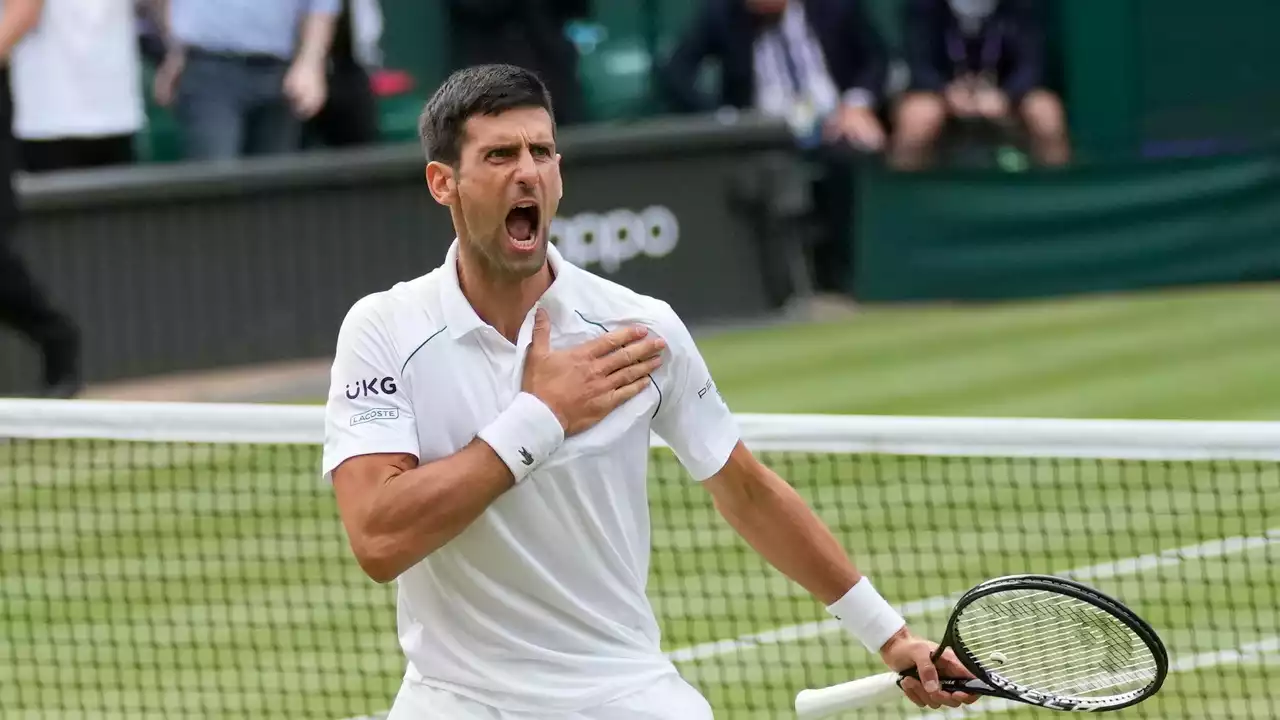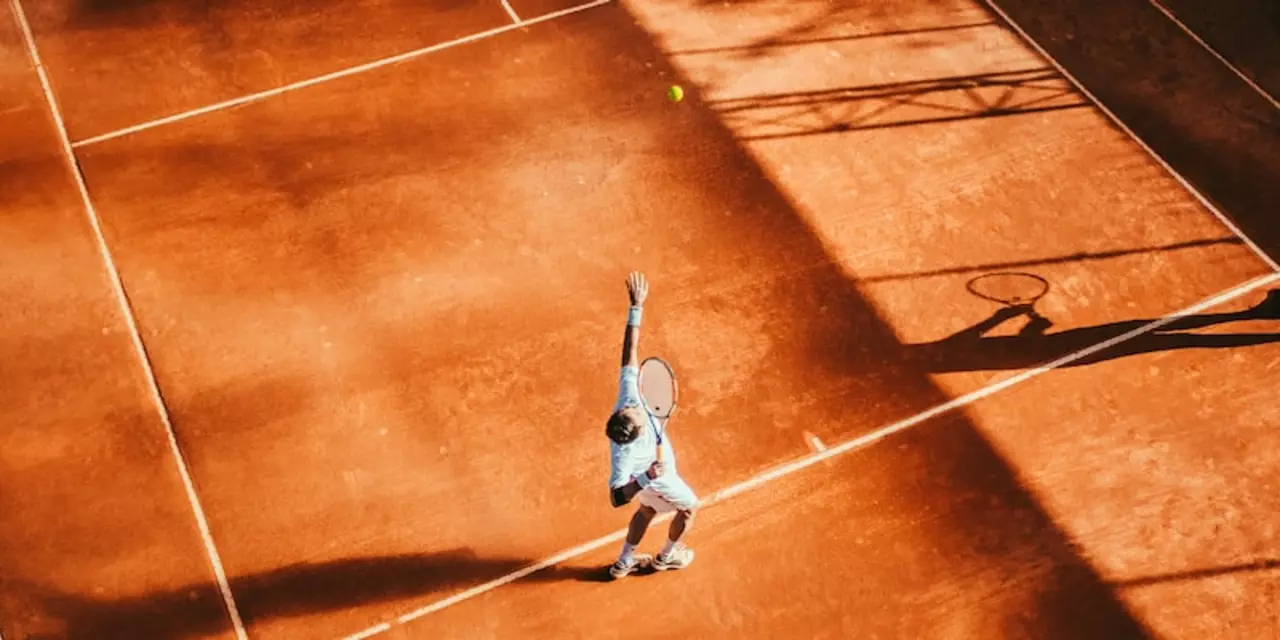All About Tennis at Athletic Traders Hub
When you think about tennis, a fast‑paced court sport that blends endurance, agility and precision. Also known as court sport, it demands quick footwork, strong hand‑eye coordination and strategic thinking. Understanding the core elements of tennis helps you spot the gear and health tips that keep you playing longer. Below you’ll find a mix of articles that break down everything from elbow pain to shoe choices, all meant to boost your game.
Why Tennis Elbow Happens and How to Fight It
One of the most common setbacks for players is tennis elbow, a painful inflammation of the forearm tendons caused by repetitive racquet swings. This condition influences performance because it limits grip strength and swing speed. The typical remedy involves rest, ice, and targeted stretching, but many athletes also add strengthening exercises to the forearm. By combining proper technique with rehab, you can curb the irritation and get back to baseline quickly.
Another injury that often rides along is elbow tendinitis, a broader term covering inflammation of any elbow tendon due to overuse. While tennis elbow focuses on the outer side, tendinitis can affect the inner side as well, making everyday tasks painful. Treatment mirrors the elbow‑specific plan: rest, anti‑inflammatory meds, and progressive loading. Knowing the difference lets you pick the right exercises and avoid a full‑time break from the court.
Both tennis elbow and elbow tendinitis require a balanced approach of therapy and prevention. Many coaches now stress warm‑up routines that target the wrist, forearm and shoulder before a match. These proactive steps reduce the risk of tendon overload and keep your swing smooth.
Footwear, Socks and the Little Details That Matter
Footwear plays a surprisingly big role in avoiding lower‑body injuries. sports footwear, tennis‑specific shoes designed with lateral support, shock‑absorbing midsoles and durable outsoles, enables quick direction changes without stressing the ankle. The right pair reduces impact forces, which can otherwise lead to shin splints or knee strain.
Some players wonder about wearing pantyhose under their shoes for extra warmth. While the thin material can add a snug feeling, it may also trap moisture and cause friction. Most experts suggest a breathable sock layer instead, especially if you play on hard courts where heat builds up fast. Choosing breathable synthetic fabrics helps regulate temperature and keep blisters at bay.
Beyond the shoe, a proper lacing technique influences foot stability. Tighten the lower eyelets first, then work upward to lock the heel in place. This simple tweak can improve push‑off power and lower the chance of ankle rolls during those split‑second sprints to the net.
Training, Conditioning and Staying Game‑Ready
High‑level tennis isn’t just about swing mechanics; it’s also built on a solid conditioning base. Core drills, plyometrics and sprint intervals support the explosive movements you need for serves and volleys. Incorporating agility ladders and cone drills enhances foot speed, letting you cover the court more efficiently.
Strength training for the rotator cuff and scapular stabilizers reduces shoulder fatigue, which often sneaks up after long rallies. A balanced program that mixes resistance work with flexibility sessions keeps muscles pliable and joints lubricated.
Nutrition and hydration affect recovery speed. A mix of carbs, protein and electrolytes after a match helps repair micro‑tears in muscle fibers and refills glycogen stores, so you’re ready for the next session.
What You’ll Find Below
Our collection of posts dives deeper into each of these areas. You’ll read a step‑by‑step guide for treating tennis elbow, practical advice on choosing the right shoe, and even a quirky look at whether pantyhose belong in your tennis bag. Whether you’re a beginner trying to avoid injury or a seasoned player fine‑tuning your gear, the articles ahead give you real‑world tips you can apply today.
Scroll down to explore the full range of tennis‑focused content we’ve curated just for you.
Tennis: What was Novak Djokovic's early reputation like?
Sure thing, let's dive into the early days of ace-slinger, Novak Djokovic! Back in the day, Djokovic was known as a fiery young talent, with a passion for tennis that was as infectious as a groovy disco beat. People knew him as a promising player, but boy, he had a knack for drama! He was often seen battling not just his opponents but also the huff-puff of physical challenges. But hey, no mountain high enough for our Djoker, right? His early reputation was like a spicy meatball – a little hot, a little hard to handle, but oh-so-delicious in the grand scheme of things.
Who is the best tennis female player?
Deciding who the best female tennis player is can be subjective, but a strong contender is definitely Serena Williams. With 23 Grand Slam singles titles under her belt, her dominance in the sport is undeniable. Her powerful serve, relentless athleticism, and fierce competitiveness set her a class apart. From my perspective, her ability to bounce back after injuries and personal challenges also solidifies her as the greatest. However, there are other fantastic players like Steffi Graf and Martina Navratilova who also have their spots in the history of tennis.
Why do tennis players give it all in a set they've already lost?
This article explores why professional tennis players may give it their all, even when they have already lost a set. It suggests that players may be motivated by pride, self-respect, and the desire to make a statement to the opponent. Additionally, players may also be motivated by the desire to prove themselves and to find a way to win the match. Finally, players may also be motivated by the desire to entertain the audience and show respect for the game of tennis. Ultimately, whatever the reason, the article suggests that players give it their all, even when they know the set is lost.





